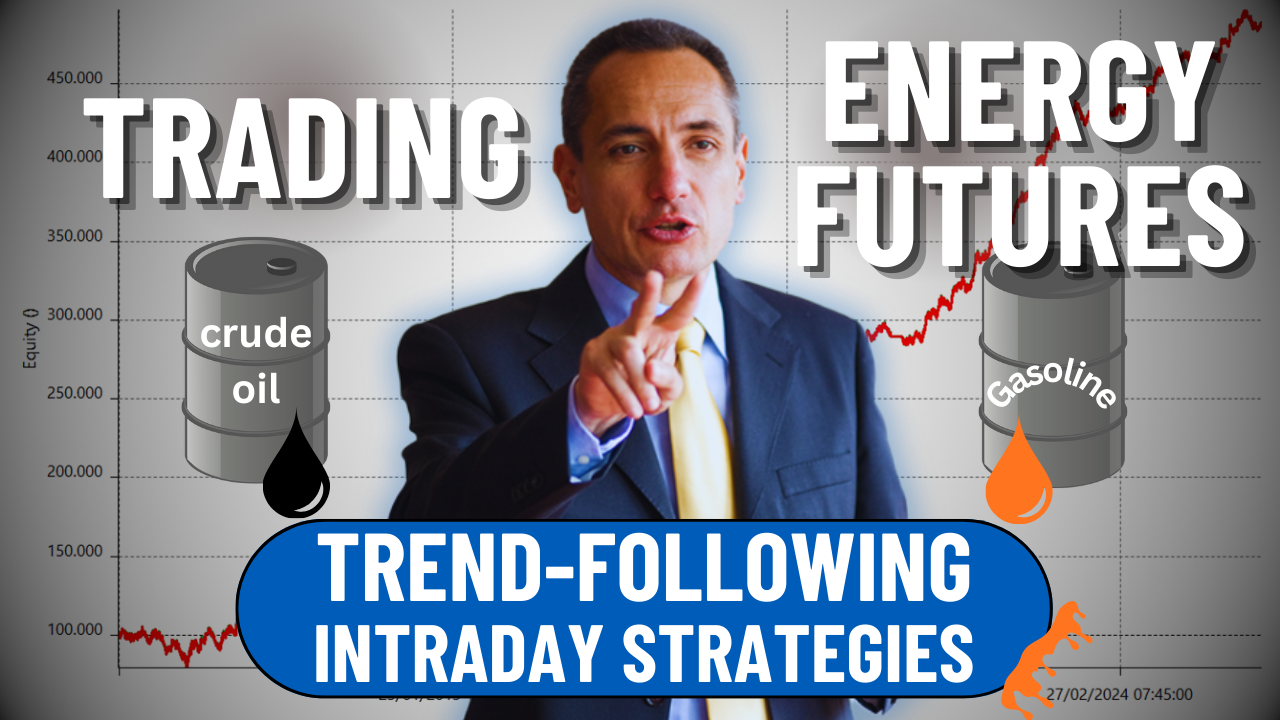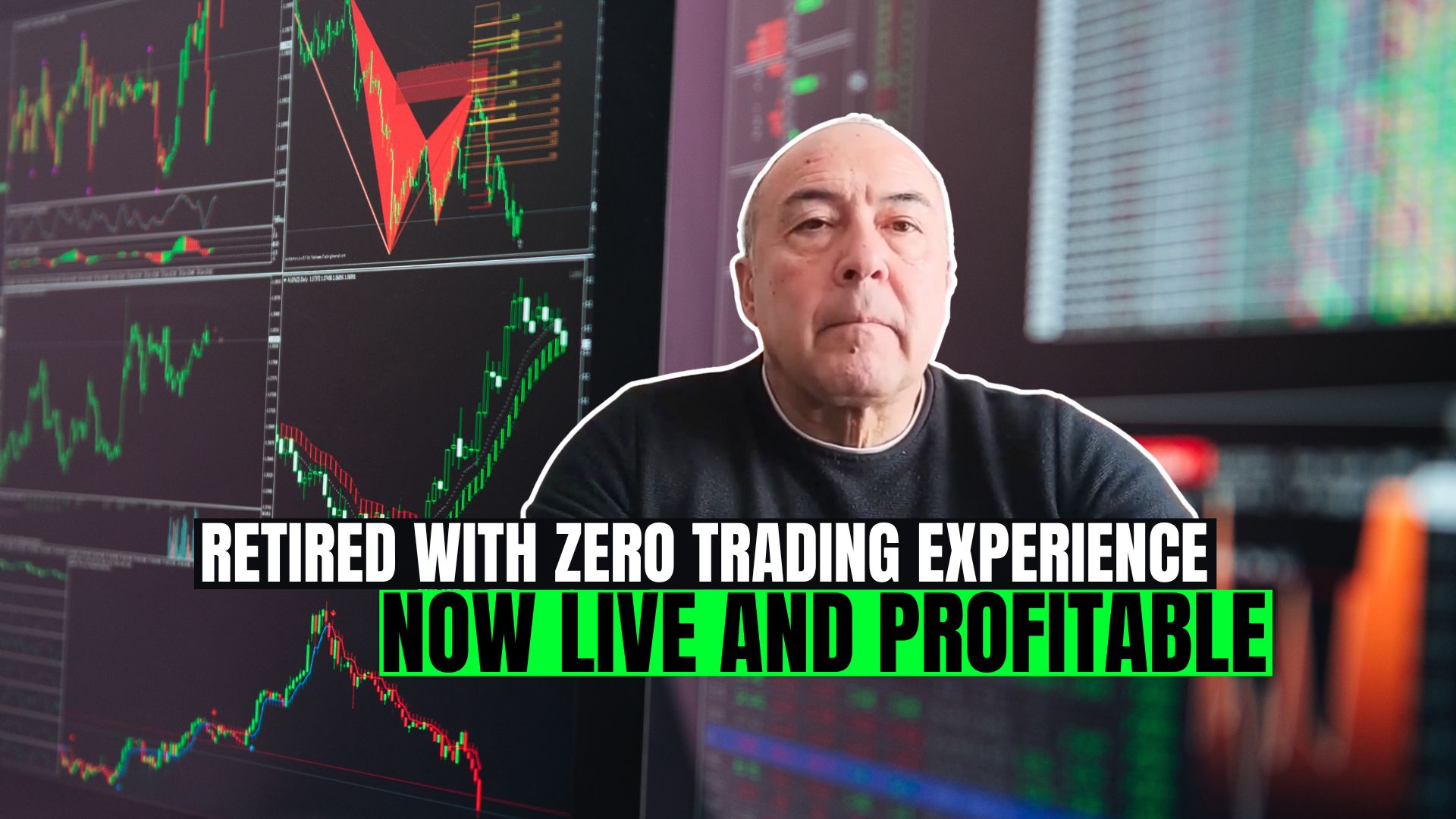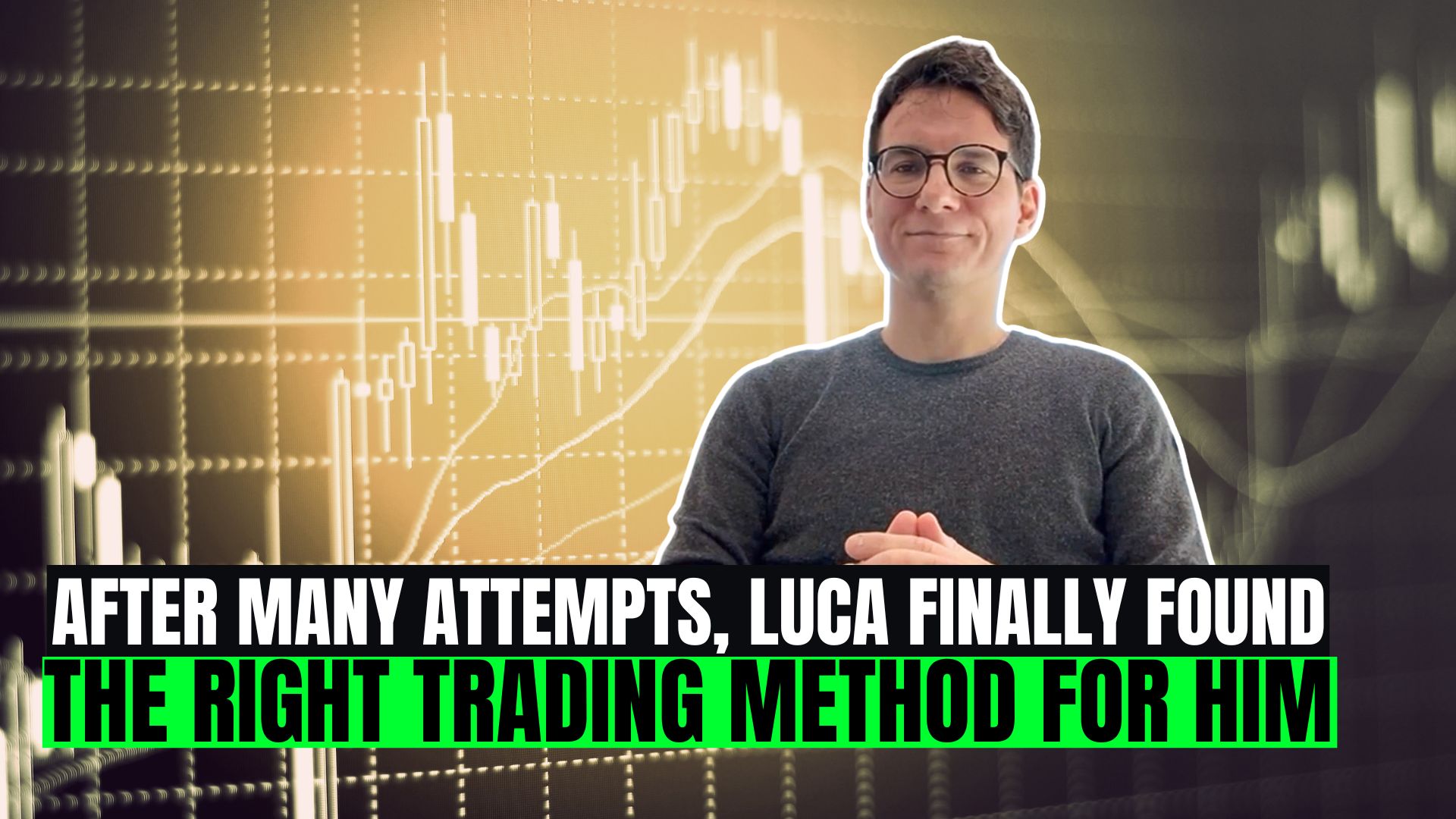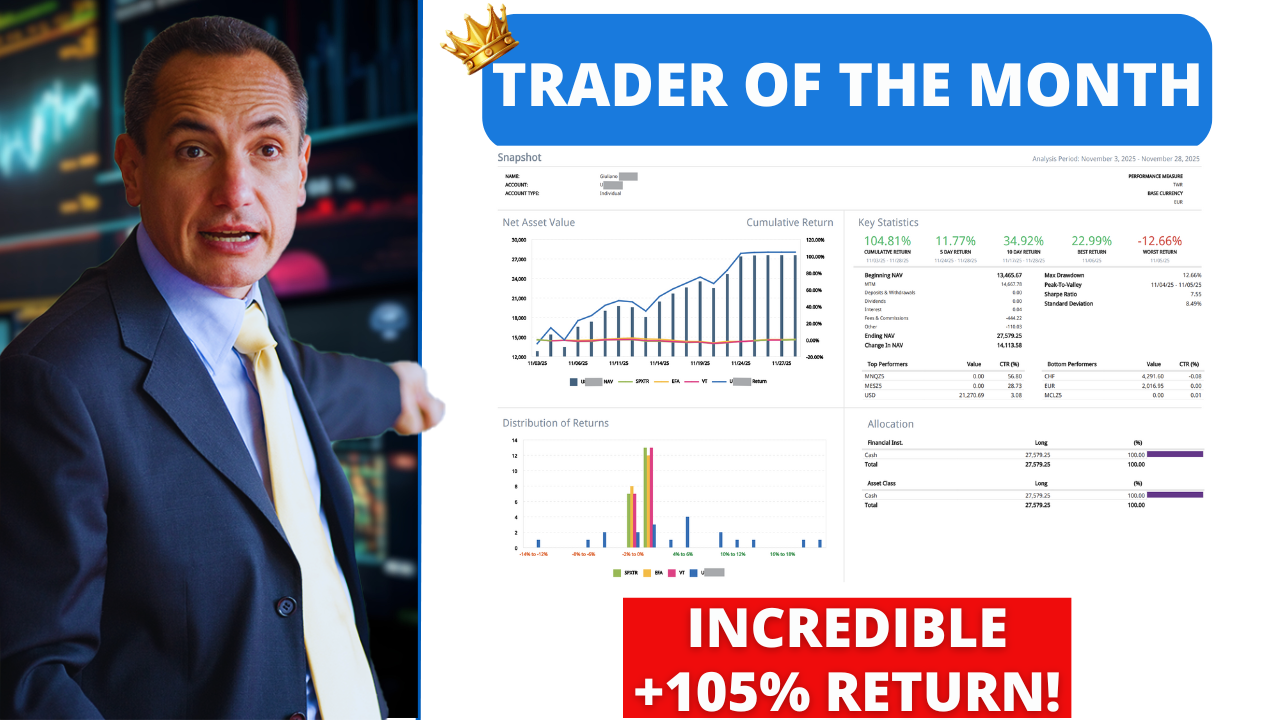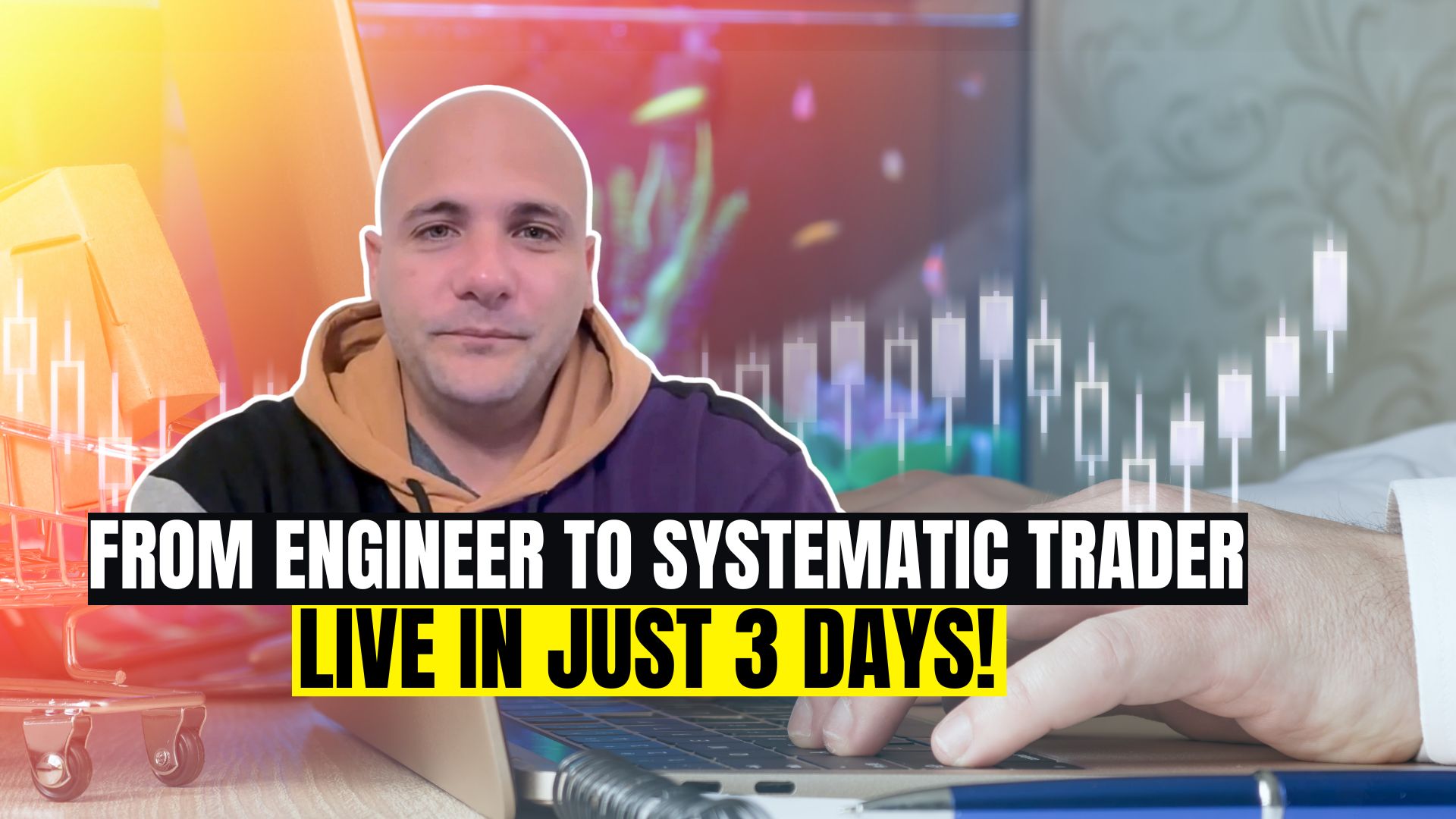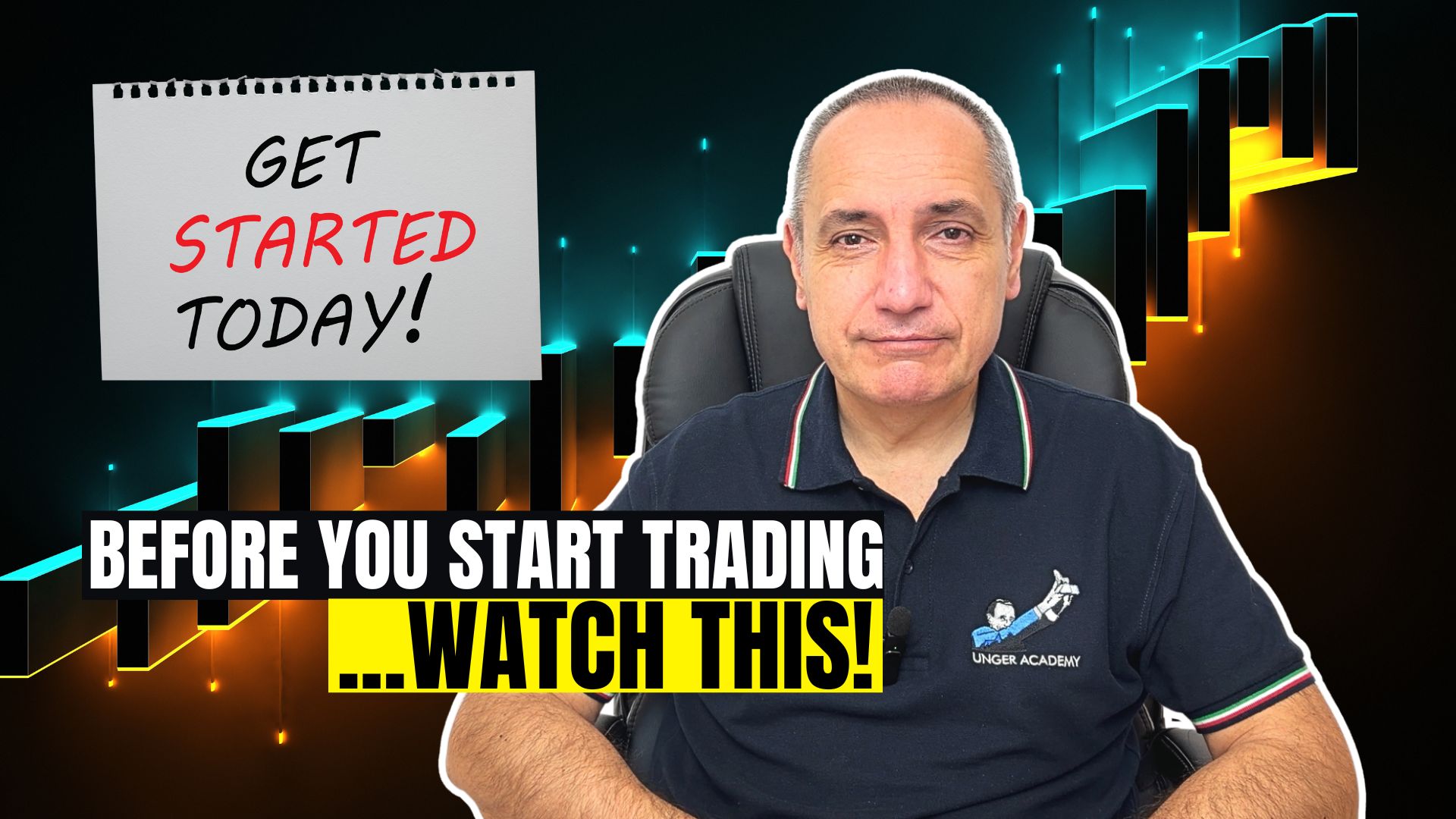What is the Strategy of the Month contest
Hey everyone, and welcome to this brand-new video. Today, we’re going to be looking in detail at the results of our August Strategy of the Month contest.
We will look at a selection of the most promising strategies from the applications received and then discover the strategy that won.
Although this is the August contest, in the middle of the vacation season, you sent us a lot of strategies, and most of them were very well-developed.
And we are really very pleased about that because it means that the method that we teach, the Unger Method, works and is also easily transferable.
As always, we will also give you some trading insights by going through the basic logic of these strategies and observing their performance together.
I want to remind you that the Strategy of the Month contest is reserved for Academy students. Each month, they can participate by submitting their strategy and vying for a chance to win a €1,000 Amazon voucher.
I also want to let you know about some great news! I am talking about the Unger Strategy Club, the latest offering from our Academy, which allows you to participate in a monthly live Masterclass where you will receive advanced training.
You will also receive monthly trading insight videos explaining the key rules of one of our portfolio strategies and have exclusive access to the open-source code of the winning strategy of this contest, as well as to the database of all strategies that have won in the past.
Let’s start right away by reviewing the best strategies you sent us for the month of August.
I’ll tell you right now that this is the winning strategy. However, I don’t want to start with it, but I want to start with another strategy.
Multiday breakout strategy on Crude Oil Futures
A strategy on Crude Oil that produced this equity line.
This is a rather simple breakout strategy on Crude Oil. It is multiday, in other words, positions can stay open even longer than one session.
However, there is a time closure after N sessions, in this case, three.
We also have a stop loss, a take profit, and a break even.
As we can see from the equity curve, we have some regularity in the performance of this strategy. Also, I would disregard this upward spike that coincides precisely with the Covid period.
Let’s take a look here. It’s March 2020. And this is an outlier.
In fact, it’s not even certain that we could have had this trade in real trading. There were very abrupt market moves, and the market could also have been closed, which would have prevented us from trading.
However, apart from this trade, we can say that the metrics are perfect.
In fact, we have an average trade of $250, excluding fees and commissions.
But I guarantee you that this average trade covers all the costs we can put at about $50 for commissions and slippage on this underlying.
Let’s also look at the returns, which, as I mentioned earlier, are very consistent in terms of profits and efficiency.
Because the average trade is always above $150, except in the first and third year.
Strategy on Nasdaq Futures using volumes and the VWAP indicator
Anyway, let’s now move on to the next strategy. This is a strategy for Nasdaq futures.
And it really has some fascinating metrics, especially in the last part of the period. I’m talking about 2018 to date.
It is a volume-based strategy in the short term.
We don’t have the habit of using volume-based rules, but the way they were used in this strategy is very interesting. The author used a rather famous indicator, the VWAP, but somewhat revised it.
In fact, the function used by our student is somewhat customized. He didn’t refer to the official parameters, so we are pleased that he could make it his own and find something profitable.
The core of this strategy is based precisely on this indicator.
Let’s go together and look at the metrics. Let me first show you the difference between long and short.
The net profit and the number of trades are clearly higher for the long trades.
While the short side virtually never works until 2018 and then starts working.
This part here is perfectly fine because it means that the strategy is not forced. After all, I guarantee you that going short and being profitable on this underlying instrument from 2010 to 2017-2018 is impossible.
And whoever gets those results today is just doing overfitting. So, this result is absolutely fine.
Let’s take a quick look at the performance in terms of average trade.
We have about $310 of average trade, separated into $400 for the long and $170 for the short sides.
The short side is still very weak, but it is acceptable for this underlying instrument, which has seen a considerable bullish bias.
Let’s also take a final look at the Annual period analysis.
As I told you, the last few years have been very interesting in performance.
The winner: Donchian Channel breakout strategy on Bund Futures
Finally, let’s take a look at the winning strategy of the Strategy of the Month contest for August.
This is Nicola’s strategy built on the Bund. The Bund is a European instrument traded on the German futures market’s Eurex.
We have a very interesting equity curve.
Both the long and short sides are excellent, and this is a fascinating aspect precisely because the nature of the underlying instrument has had an extreme bullish bias until early 2022.
After that, the rise in interest rates, and the advent of the inflation we are experiencing now, brought this instrument to a significant decay.
Let’s look at the Buy & Hold Return, so what it would mean to buy the instrument at the beginning of 2010 and keep the position open for the same amount for the entire history.
We notice that up to 2022, we have an extreme bullish bias, but this bias declined at this stage.
However, if we analyze the long side of the strategy, we see that there was a moment of weakness, but then the strategy resumed working very well.
Even the short side is able to manage these bullish biases in the first part and still takes home good profits, in this period, especially when the underlying instrument saw a period of weakness with prices falling.
Let’s also look at the average trade: 176€. For this underlying instrument that’s a lot.
The Bund is a somewhat smaller instrument than the Nasdaq or Crude Oil might be, so the classic American instruments.
And all these euros are plenty to cover all the costs for being able to trade this underlying instrument .
Periodic returns, needless to say, are excellent.
We only have two weak years, which are 2021 and 2016.
However, the strategy has shown consistency throughout the rest of the historical data.
Kudos to Nicola again for developing this system with a straightforward logic that bases its entries on a simple Donchian Channel.
Conclusion
Well, I guess that’s it for this month!
If you aim to learn how to independently create trading strategies like the ones we have just seen, then I guarantee you are in the right place.
While learning, you too can participate in this contest dedicated exclusively to Unger Academy students and thus also have a chance to win a 1,000 Amazon voucher every month.
I also leave a link below this video from which you can access many valuable resources, including a free webinar by Andrea Unger or a free strategy consultation session with a member of our team.
Thank you for following us so far, and see you in our next video with new trading insights. Bye for now, and see you next time.

